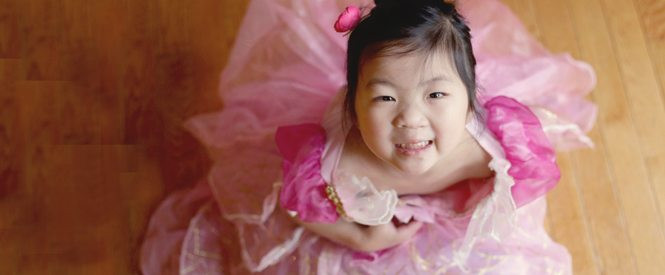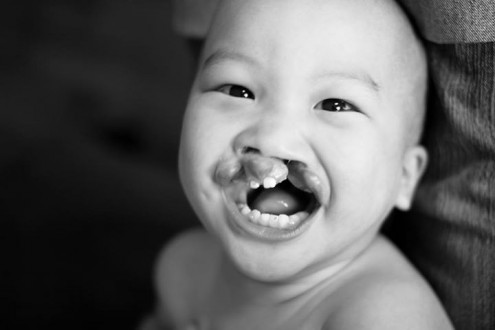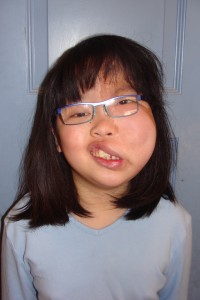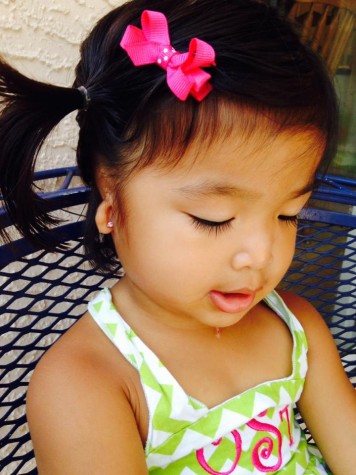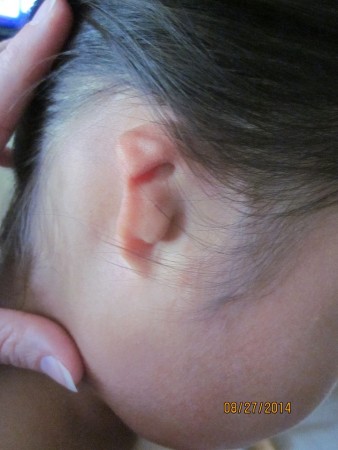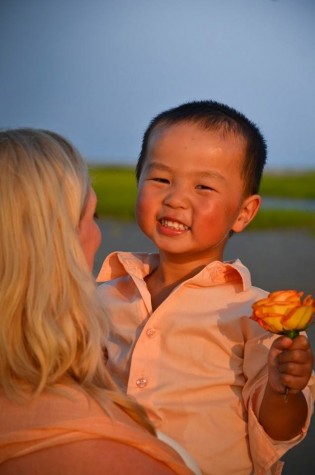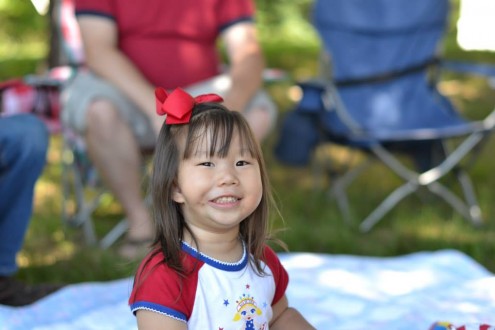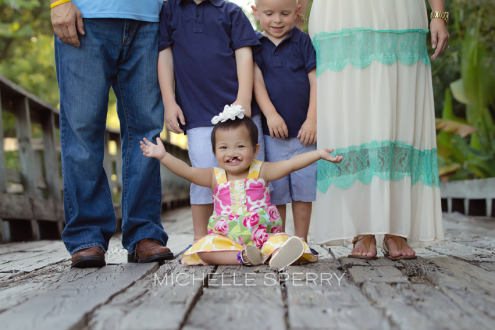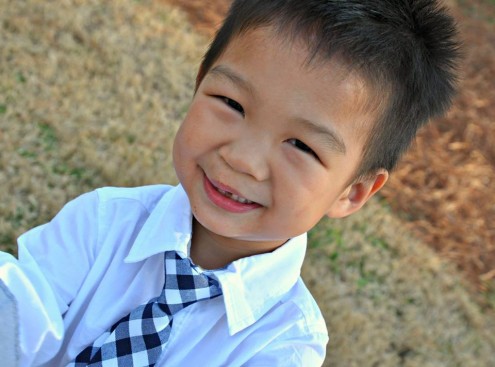Visit these blogs to read about families who have adopted children with this special need:
Great Are Your Wonders
There’s No Place Like Home
A Short Trip
Five Chili Peppers
Aging with Grace and Strong Will
And Then We Were Five
Bilateral cleft lip and cleft palate is a condition in which the cleft usually begins at the lip, may or may not continue through the alveolar ridge to the soft and hard palate on both sides of the septum (bony ridge on the roof on the mouth that divides the left and right sides of the palate). The clefts may vary in complexity and may involve the nasal passages, airways and function of the ear canals and surrounding muscles.
Children with this condition often have one or both sides of the lip repaired in country, depending on the complexity of the lip cleft and the overall health of the child. Typically, the palate is repaired in the adoptive family’s country around three months post adoption if the child is one year or older. Ear tubes are commonly placed at the time of palate surgery as the condition of the palate usually affects the muscles that allow the Eustachian tubes to drain the middle ear. The need for other surgeries will be determined by a medical team comprised of (but not limited to) craniofacial surgeons, otolaryngologists, orthodontists, speech therapists and pediatricians.
What the medical team, patient and family may hope to achieve for the patient might include: normal speech, functional position of the teeth when the jaws are closed, hearing, proper growth and alignment of the facial/jaw bones and personal aesthetics of the face.
Resources:
Life Enhancement Association for People
Boston Children’s Hospital
International Craniofacial Institute
Cleft Palate Foundation
Cleft Lip and Palate Foundation of Smiles
Cleft Advocate
American Cleft Palate-Craniofacial Association
American Society of Plastic Surgeons
About Face
NIDCR
Cleft Lip and Palate Association
Wide Smiles
Seattle Children’s Hospital Cleft Lip and Palate
Faces: The National Craniofacial Association
Awareness and Advocacy:
Mia Moo
Facebook Groups:
Cleft Lip and Palate Foundation of Smiles
Cleft Lip and Palate Association
Cleft and Craniofacial Connection
CleftAdvocate
Boston Cleft Lip & Palate Page
Yahoo Group:
Adopting Cleft-Affected Kids
Read blog posts about Bilateral Cleft Lip and Palate on No Hands But Ours.


